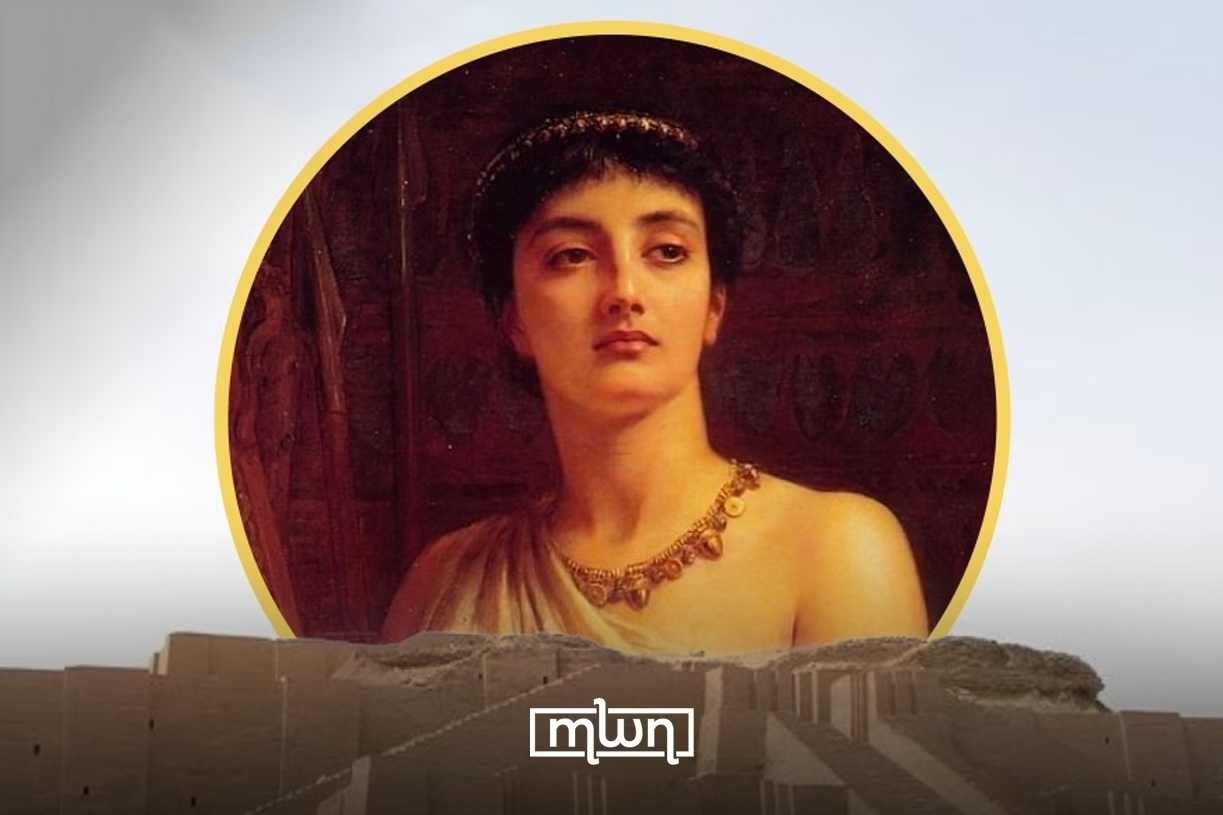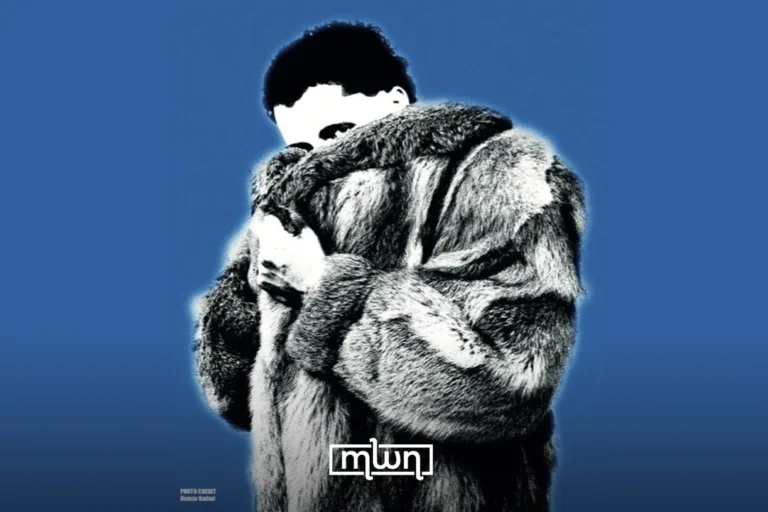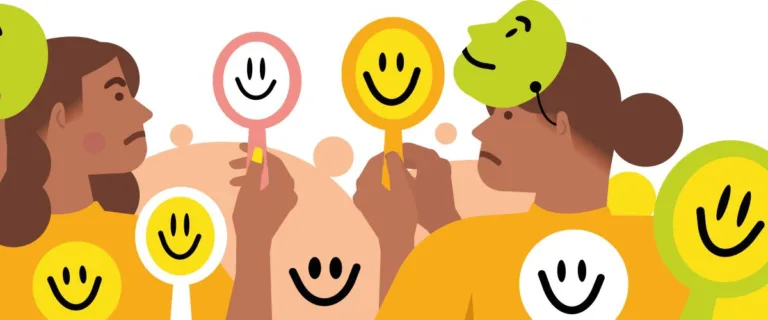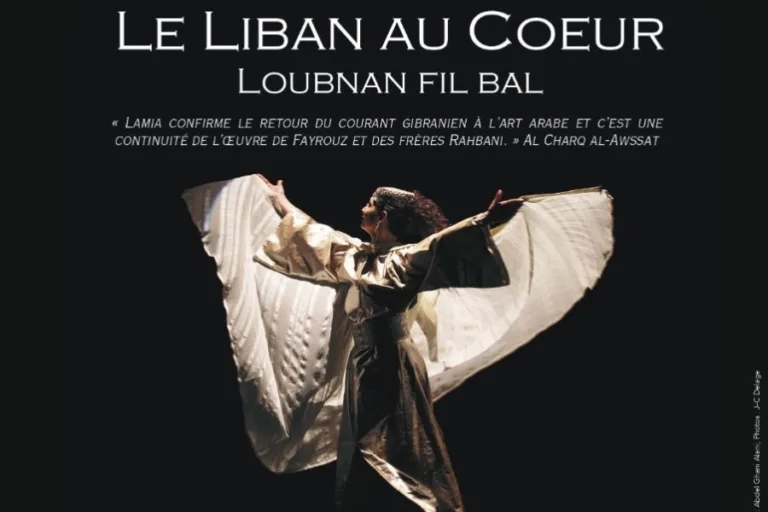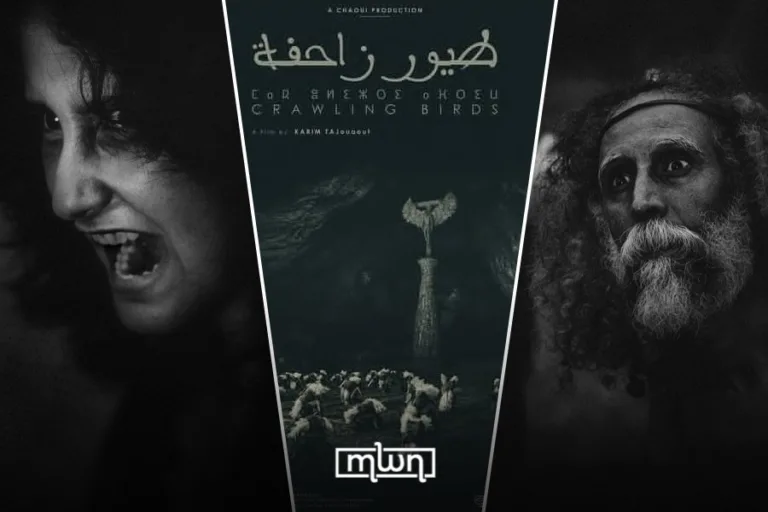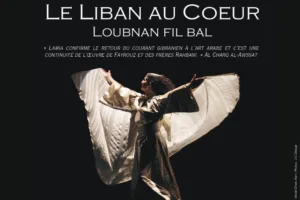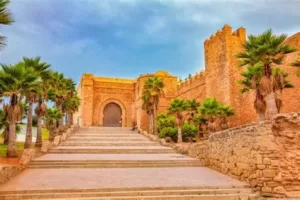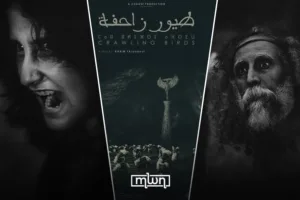Did you know that the world’s first museum was imagined and built by a woman?
Fez – Long before the Louvre and the British Museum, there was Ennigaldi-Nanna, a Babylonian princess, high priestess, and history nerd with a flair for curation.
Around 530 BCE, in the ancient city of Ur (present-day Iraq), she pulled off something the world had never seen before: she created what is believed to be the first organized museum in human history.
The collection? Not random shiny things. We’re talking curated artifacts with real historical weight, objects dating as far back as 2100 BCE.
Among them were a boundary stone (known as a kudurru), a ceremonial mace head, and statues, all labeled and displayed with care.
This wasn’t a treasure stash; it was a deliberate effort to preserve memory and heritage.
Ennigaldi-Nanna wasn’t just any princess. She was the daughter of Nabonidus, the last king of the Neo-Babylonian Empire.
A king with a passion for archaeology (before archaeology was even a thing). He spent his time digging up ruins, documenting his findings, and restoring temples.
Many scholars even call him “the first archaeologist.” Together, this father-daughter duo helped shape how we think about history, literally and figuratively.
Their story is at the heart of “Between Two Rivers: Ancient Mesopotamia and the Birth of History”, a beautifully researched book by Oxford-based scholar Moudi Al-Rasheed.
Through her words, Mesopotamia, often called “the forgotten era”, feels alive again. Not just because of its innovations (the first writing system, organized beer production, and advanced irrigation), but because of how deeply these civilizations understood the value of recording life.
Al-Rasheed structures the book around 10 key objects from Ennigaldi-Nanna’s collection. Each chapter uses one artifact to unlock themes like war, religion, science, politics, or education.
One chapter dives into a granite mace head to explore Mesopotamian ideas of violence and authority. Another looks at cuneiform, the world’s first true writing system, and how bored students left doodles on clay tablets.
This isn’t a dry textbook. It’s history with heart. Al-Rasheed weaves in personal memories, quiet reflections, and even moments of humor. It’s as if she’s walking beside you through the ruins, telling stories that matter.
And while most people can name Plato or Homer, how many have heard of Enheduanna, the world’s first known author (also a Mesopotamian priestess)? Or Sin-leqi-unninni, who compiled the “Epic of Gilgamesh”? This book is a loving nudge to remember them.
In a time when funding for historical research is shrinking, “Between Two Rivers” proves that the past still has a lot to say, especially when the curator is a princess ahead of her time.
Read also: Frida Kahlo: The Artist Who Turned Pain Into Power

